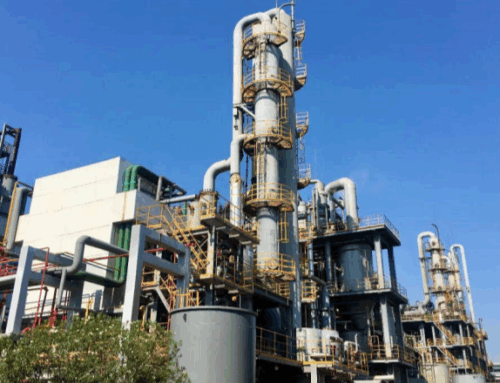Plastic additives, also known as plastic additives, are some compounds that must be added when the polymer (synthetic resin) is formed to improve its processing performance or to improve the insufficient performance of the resin itself.
Plastic additives, according to the function and role can be divided into processing additives, functional additives, appearance performance additives and other performance additives four categories.
Processing additives refer to additives used to improve the rheological properties and molding properties of plastic processing, mainly including plasticizers, release agents, heat stabilizers and blowing agents. The main role of functional auxiliaries is to give materials new functions, mainly including anti-aging, health and safety auxiliaries.
Polymer recyclables, especially those from post-consumer recovery (PCR), are notorious for being a huge challenge for blending and processing – for example, viscosity, contamination levels, degradation, and color are highly variable, making it more difficult to produce high-quality blends and therefore consistently quality parts. However, the use and demand for post-consumer recycled materials is increasing and manufacturers need extensive use of additives to improve performance and quality.
Additives have also proved useful for handling post-industrial recycling (PIR) materials. These materials may come from re-grinding processes within the company, or converted plastic products that are collected as waste. The use of post-industrial recycled materials is already well established in some areas of the plastics industry, but the addition of new additives can make improvements and open up more opportunities.
Antioxidants play a vital role in maintaining polymer stability, preventing thermal degradation during processing and final use, as well as degradation caused by UV exposure. However, stable recycling of polymers requires a different way of thinking. “Polymer producers have spent decades optimizing the amount of additives added to plastics without taking into account recycling. As a result, the polymer has good stability when used immediately, but lacks sufficient residual stability to ensure recyclability, “says Tad Finnegan, senior technical manager at BASF.

“This instability can lead to oxidation of the polymer, which affects the performance of the recovered polymer at the end of use.” To meet this challenge, polymer producers will need to rethink how they stabilize the materials they produce to ensure future recyclability.”
Finnegan said higher performance additives may be needed to ensure successful recovery of raw materials and solve problems in recycling. “Incompatible polymers, residues and contaminants all find their way into the recycled resin. In addition to preventing oxidative damage, the combination of additives must address the challenges of capacity enhancement, neutralization of contaminants and mitigation of residue problems, “he explains.
Viscosity, pollution, degradation, color, aging, etc., are all problems encountered in the process of plastic recycling, making the quality of recycled plastics produced is not high. Today, the global use and demand for recycled plastics is increasing, so manufacturers need to use additives to improve performance and quality, giving recycled plastics a higher use value.
Article source: Jungian Industrial Resources(www.xianjichina.com)
M&J International Trading Co., Ltd





